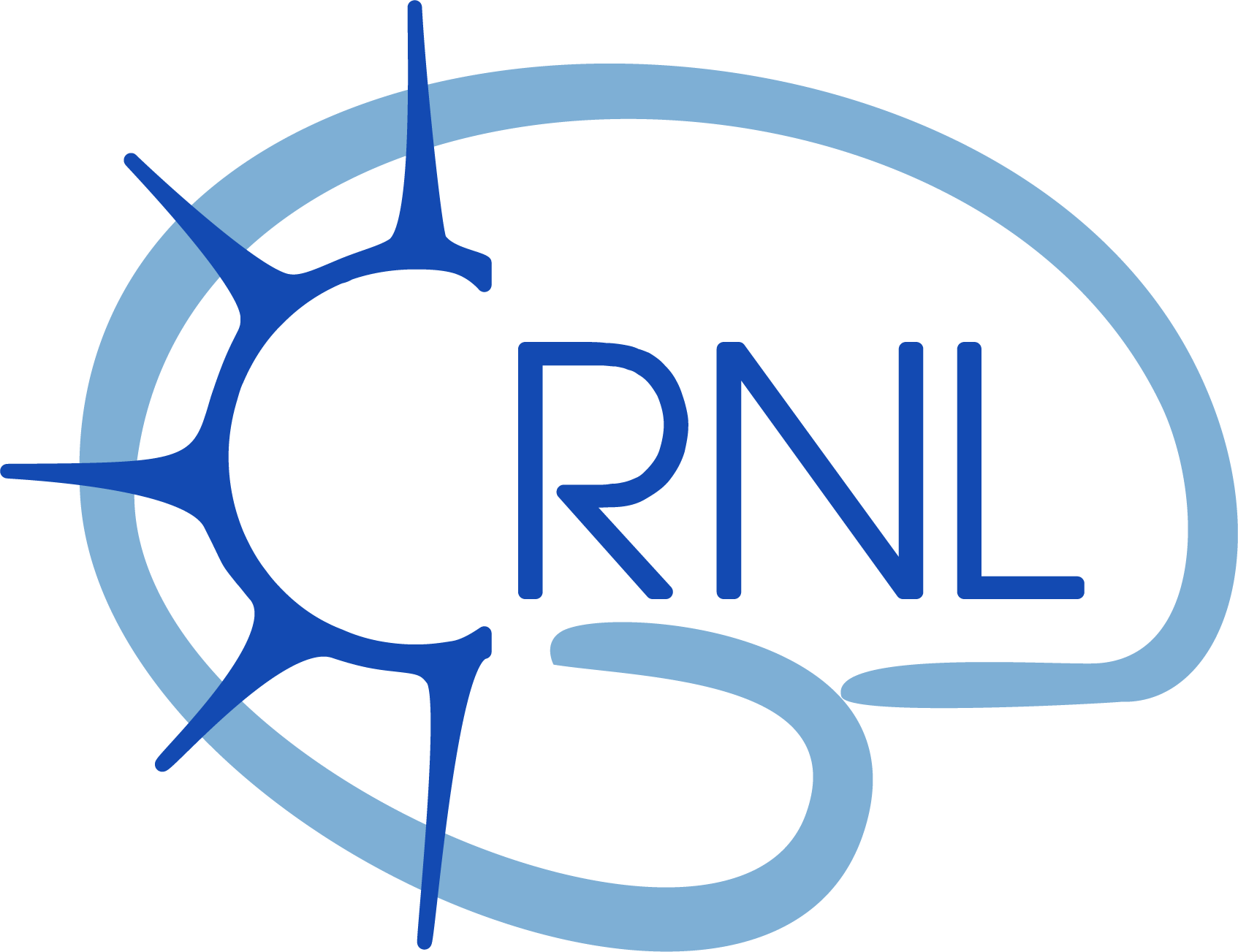Objective evaluation of excessive daytime sleepiness
Résumé
Excessive daytime sleepiness (EDS) is multifactorial. It combines, among other things, an excessive propensity to fall asleep ("physiological sleepiness") and a continuous nonimperative sleepiness (or drowsiness/hypo-arousal) leading to difficulties remaining awake and maintaining sustained attention and vigilance over the long term ("manifest sleepiness"). There is no stand-alone biological measure of EDS. EDS measures can either capture the severity of physiological sleepiness, which corresponds to the propensity to fall asleep, or the severity of manifest sleepiness, which corresponds to behavioral consequences of sleepiness and reduced vigilance. Neuropsychological tests (The psychomotor vigilance task (PVT), Oxford Sleep Resistance Test (OSLeR), Sustained Attention to Response Task (SART)) explore manifest sleepiness through several sustained attention tests but the lack of normative values and standardized protocols make the results difficult to interpret and use in clinical practice.
Neurophysiological tests explore the two main aspects of EDS, i.e. the propensity to fall asleep (Multiple sleep latency test, MSLT) and the capacity to remain awake (Maintenance of wakefulness test, MWT). The MSLT and the MWT are widely used in clinical practice. The MSLT is recognized as the "gold standard" test for measuring the severity of the propensity to fall asleep and it is a diagnostic criterion for narcolepsy. The MWT measures the ability to stay awake. The MWT is not a diagnostic test as it is recommended only to evaluate the evolution of EDS and efficacy of EDS treatment. Even if some efforts to standardize the protocols for administration of these tests have been ongoing, MSLT and MWT have numerous limitations: age effect, floor or ceiling effects, binding protocol, no normal or cutoff value (or determined in small samples), and no or low test-retest values in some pathologies. Moreover, the recommended electrophysiological set-up and the determination of sleep onset using the 30-sec epochs scoring rule show some limitations. New, more precise neurophysiological techniques should aim to detect very brief periods of physiological sleepiness and, in the future, the brain local phenomenon of sleepiness likely to underpin drowsiness, which could be called "physiological drowsiness".
| Origine | Fichiers produits par l'(les) auteur(s) |
|---|---|
| licence |
Copyright (Tous droits réservés)
|
